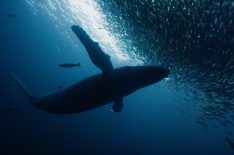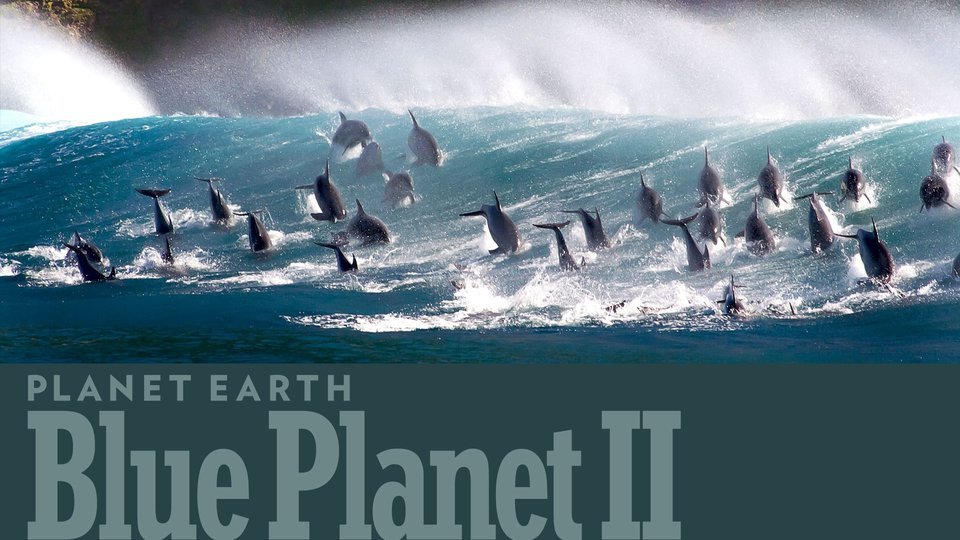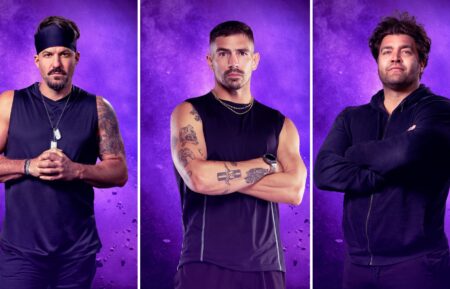‘Planet Earth: Blue Planet II’: Behind the Scenes of the Stunning Nature Series
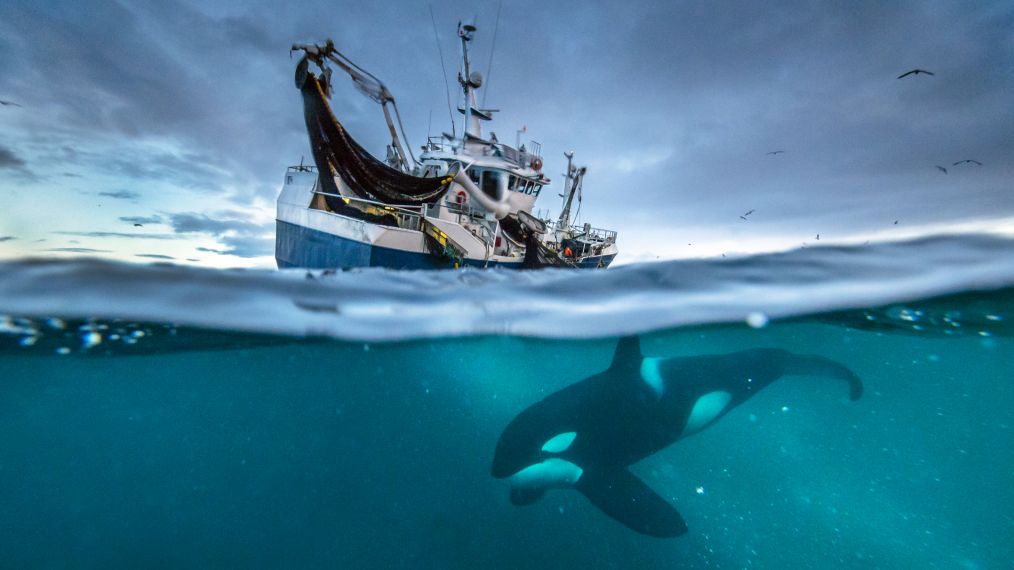
Breathtaking and eye-popping, Planet Earth: Blue Planet II is the ultra-cool science lesson we wish we’d had in school. BBC America’s eight-episode documentary about the world’s waters and all the cute, scary and squishy things that live in them taught us enough facts to fill, well, an ocean. Did you know a cuttlefish supposedly changes its colors so it can hypnotize crabs in order to eat them? Or that scavengers can feed off a 30-ton whale carcass for more than a year? Neither did we.
Pulling off such a fact-filled follow-up to the 2001 science special Blue Planet was no easy feat. It filmed on all seven continents, in all five oceans and required some crew members to dive as deep as 3,000 feet underwater. (That’s more than twice the length of the Empire State Building.) Producer Orla Doherty reveals to TV Guide Magazine what was needed to bring sea life to our screens.
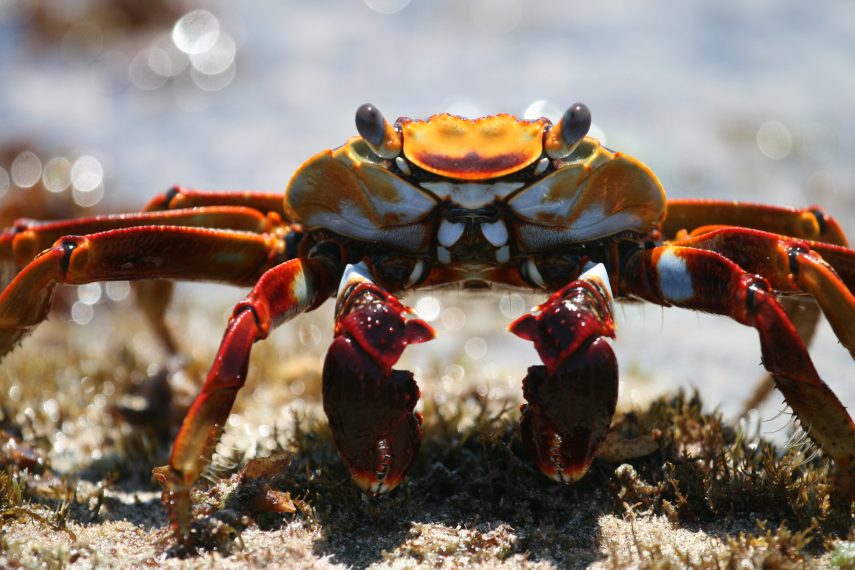
Teamwork (and lots of it)
“Overall,” Doherty says, “we estimate more than 1,000 people in all to have been directly involved in the filming for the series.” A core group of 25 worked out of Bristol, England, overseeing the entire operation, and each shoot required from five to as many as 40 camera operators, divers and support staff. Even with that many employees, Blue Planet II took four years to complete.
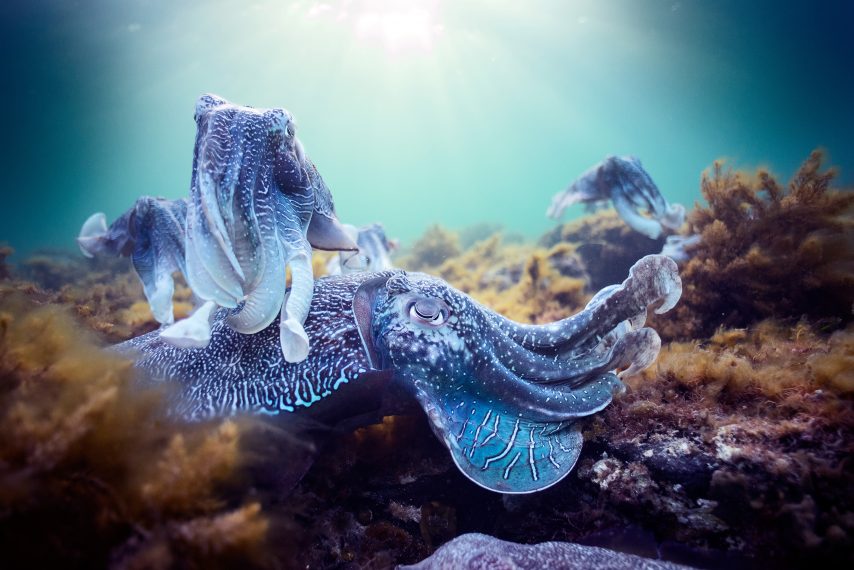
Cutting-edge equipment
You’d be forgiven for reaching out your hand and trying to grab a crab as it creeps past on your flatscreen TV. “Much of the underwater filming was done with ultra-high-definition cameras,” says Doherty. “That means there’s greater clarity to underwater filming than we’ve ever seen before.” (All due respect to Blue Planet Part 1.) Divers also spent a total of 6,000 hours underwater using rebreather scuba gear, which produces little to no noise or bubbles, allowing them to observe the wildlife without disturbing its habitat. Says Doherty, “They became part of the world in which they wished to film.”
Innovation
Was that a camera on an orca? Whale, yes, it was. (Sorry for the pun!) To get shots from the mammals’ perspectives, “we worked with scientists who are using specially designed tags that have not just a camera, but 12 sensors,” Doherty explains. “The scientists attach the tags using a suction cup so that it self-releases from the orca within a few days.” The next challenge was for the team to locate the tags in the ocean once they rose to the surface. Says Doherty, “Technology played a massive part in that!”
Fearlessness
Imagine taking a tiny submersible more than 1,450 feet into the icy depths of the Antarctic region…and springing a leak. Yup, that happened. “You’re putting yourself into situations nobody has ever been in before, and that means there are risks,” Doherty says. “You always have to be ready for the unknown.” They were. “Because the team running the subs is so professional and drilled in dealing with emergencies, the pilot found and isolated the leak within 20 minutes, and we were able to continue the dive.”
The only other brush with danger during the 125 expeditions: A cameraman accidentally put his hand on a stonefish—a deadly, venomous ocean-dweller that secretes neurotoxins from its glands—native to Indo-Pacific waters. “It was a painful moment,” says Doherty. “But he knew immediately how to deactivate the toxic protein and within a few hours was back to normal.”
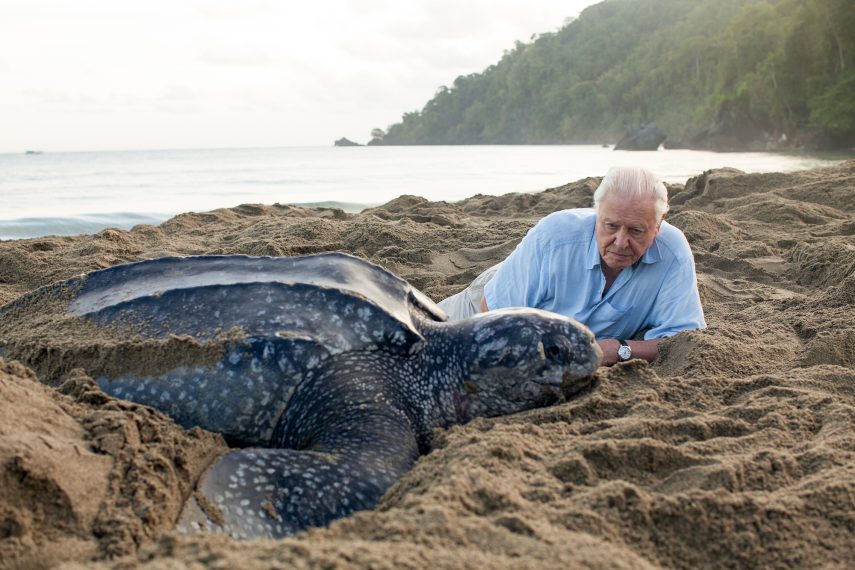
Patience
For the series’ very first outing, a crew headed to the Coral Sea near Australia in search of lantern fish, a deepwater dweller that produces light. Problem was, the crew couldn’t find any. Fast-forward 18 months (and jump to the other side of the Pacific Ocean). The team landed “amazing shots of lantern fish being hunted by mobula rays, tuna and dolphin,” Doherty says. “Though our first attempt failed, our second attempt yielded something even more exciting.” Turns out, there are plenty of fish in the sea.
Planet Earth: Blue Planet II, Season Premiere, Saturday, Jan.20, 9/8c, BBC America

